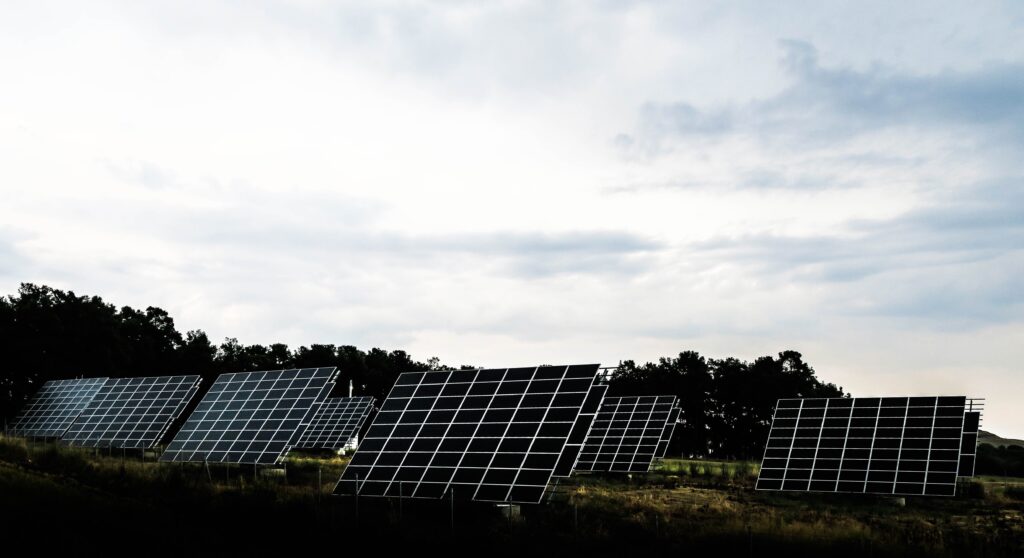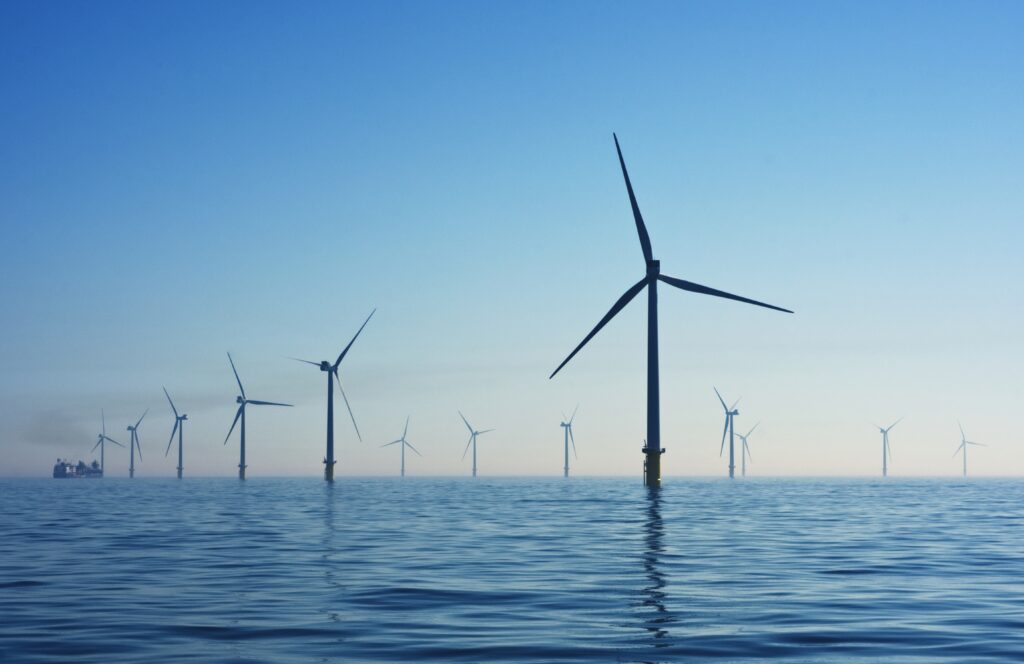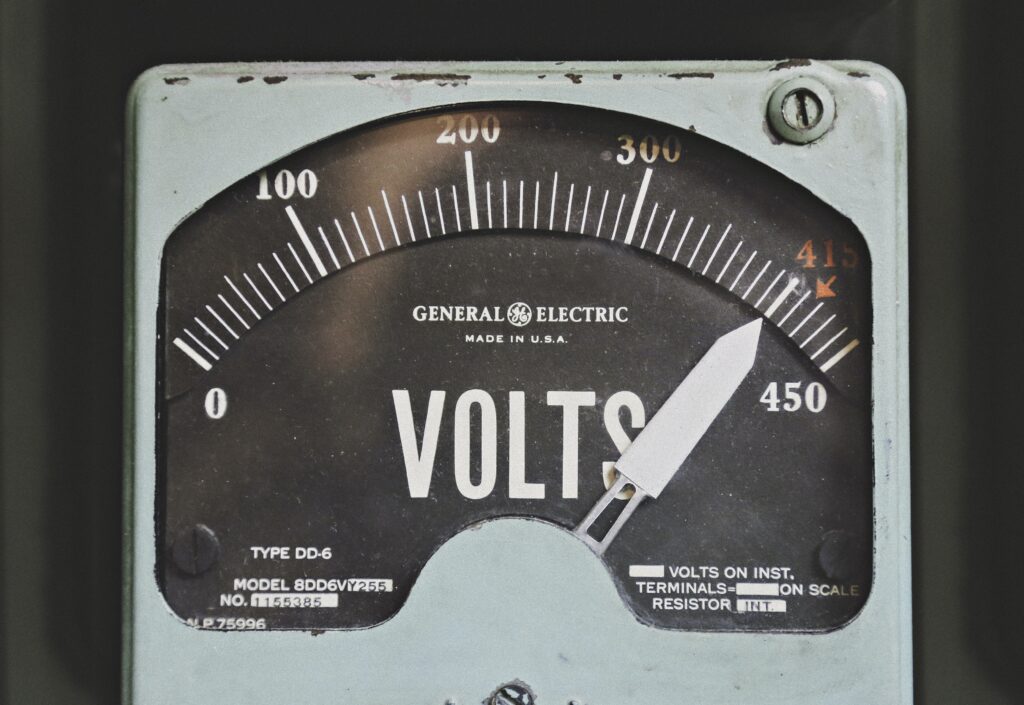Have you ever wondered how many watts it takes to power your house? We rely on electricity for so many aspects of our daily lives, from lighting our homes to running our appliances and electronic devices. Understanding the wattage requirements can help us make informed decisions about energy usage, ensuring that our homes are powered efficiently and sustainably. In this article, we will explore the factors that determine how many watts you need to power a house, providing you with the knowledge to manage your energy consumption effectively.
Understanding Basic Concepts
What is a Watt
A watt is a unit of power that measures the rate at which energy is consumed or produced. It is the amount of energy transferred or used when one joule of work is done in one second. In simpler terms, a watt is a measure of how quickly electricity is being used or supplied. It is named after Scottish engineer James Watt, who played a significant role in the development of the steam engine.
Importance of Watts in Powering Homes
Understanding watts is essential in gauging the energy requirements of a household. By knowing the wattage of various appliances, homeowners can determine how much power they need to support their daily activities. This knowledge helps them make informed decisions about their energy usage, allowing for better budgeting and more efficient resource management.
Understanding Energy Consumption
energy consumption refers to the amount of energy consumed by the appliances and systems in a household over a given period. It is typically measured in kilowatt-hours (kWh), which represents the energy used when a device with a power rating of one kilowatt operates for one hour. By understanding energy consumption, homeowners can assess their usage patterns, identify energy-hungry appliances, and make adjustments to reduce their overall energy footprint.
Average Power Consumption of a House
Determining the Average Household Energy Usage
The average household energy usage varies depending on several factors, such as the size of the household, the number of occupants, and their lifestyle choices. To determine the average energy consumption, it is necessary to consider the combined wattage of all the appliances and systems used in the house over a specific period. This data can be obtained from utility bills or by using energy monitoring devices.
Factors Affecting the Average Energy Consumption
Several factors can contribute to variations in average energy consumption. One significant determinant is the climate in which the house is located. Homes in colder regions may require more energy for heating purposes, while those in warmer areas may require extra energy for cooling. The insulation and energy efficiency of the house also play a role, as well as the residents’ habits, such as showering frequency, laundry practices, and the frequency of using appliances.
Understanding Peak Demand
Peak demand refers to the highest power usage during a specific period, often during the busiest times of the day. It represents the maximum load requirement for a house, which may exceed the average energy consumption. Understanding peak demand is crucial for sizing electrical systems, as it ensures that the infrastructure can handle the highest power requirements without overloading. By managing peak demand effectively, homeowners can reduce their overall energy costs.

Wattage Needs of Common Household Appliances
Wattage of Kitchen Appliances
Kitchen appliances can have a significant impact on a household’s energy consumption. Appliances like refrigerators, ovens, dishwashers, and microwaves all have specific wattage ratings that determine how much power they require to operate. For example, a refrigerator typically consumes around 150-300 watts, while an electric oven can use up to 2,000-5,000 watts. Being aware of the wattage needs of these appliances allows homeowners to make informed choices when purchasing or using them.
Wattage of Electrical Equipment
Electrical equipment, such as televisions, computers, and gaming consoles, also contribute to a house’s power needs. Televisions can range from 50 watts for smaller models to over 300 watts for large, high-definition screens. Computers and gaming consoles usually require around 100-500 watts, depending on their specifications. Understanding the wattage requirements of these devices enables homeowners to assess their energy consumption accurately and find ways to reduce it when necessary.
Wattage of Heating, Cooling, and Lighting Systems
Heating, cooling, and lighting systems are essential components of a household’s energy consumption. Heating systems, such as furnaces or electric heaters, can consume a significant amount of power. They usually operate within the range of 500-5,000 watts, depending on the size of the house and the type of heating method used. Cooling systems, such as air conditioners, also have varying wattage needs, typically ranging from 1,000 to 5,000 watts. Lighting systems, including traditional incandescent bulbs and energy-efficient LED bulbs, can consume anywhere from 20 to 100 watts per bulb.
How to Calculate Total Power Requirement
Identifying Your Electrical Appliances
To calculate the total power requirement for your house, start by identifying all the electrical appliances and systems you use regularly. This includes kitchen appliances, electrical equipment, heating and cooling systems, lighting fixtures, and any other devices that consume electricity. Compile a comprehensive list of these appliances, noting down their wattage ratings.
Determining the Running Time of Each Appliance
Next, determine the average running time for each appliance. For example, you may run your refrigerator continuously, but only use your microwave for a few minutes each day. Multiply the wattage rating of each appliance by the number of hours it operates daily to find out the watt-hours consumed by each appliance per day.
Adding Up the Total Energy Consumption
Once you have determined the watt-hours consumed by each appliance per day, add them up to find the total energy consumption for your house. This total will give you an estimate of your daily energy usage in watt-hours or kilowatt-hours (divide by 1,000). You can use this information to compare your energy consumption with the average for your region or take steps to reduce your consumption if needed.

Role of Energy-saving Appliances
How Energy-saving Appliances Reduce Power Consumption
Energy-saving appliances, also known as energy-efficient appliances, are designed to minimize the amount of electricity required to perform the same tasks as their conventional counterparts. They achieve this through various means such as improved insulation, better technology, and reduced standby power. By using energy-saving appliances, homeowners can significantly reduce their power consumption, resulting in lower energy bills and a reduced environmental impact.
Most Efficient Energy-saving Appliances Available
There is a wide range of energy-saving appliances available on the market today. Some of the most efficient options include ENERGY STAR certified refrigerators, washing machines, and dishwashers. These appliances have undergone rigorous testing to ensure they meet strict energy efficiency standards. LED light bulbs are also highly energy-efficient, consuming significantly less power than traditional incandescent bulbs while providing the same or better lighting output. When purchasing new appliances, look for the ENERGY STAR label or other energy-efficient certifications to ensure you are making a responsible choice.
The Impact of Home Size on Energy Consumption
Comparison of Energy Consumption in Small versus Large Homes
The size of a home plays a significant role in its overall energy consumption. Larger homes generally require more energy to heat, cool, and light compared to smaller ones. This is primarily due to the increased square footage and the need for additional appliances and systems to cater to the larger space. Small homes, on the other hand, tend to have lower energy consumption as they require less power to maintain comfortable living conditions.
Strategies for Reducing Energy Consumption in Large Homes
Even in larger homes, there are strategies that can be employed to reduce energy consumption. Improved insulation, installation of energy-efficient windows, and the use of zoning systems to control heating and cooling can help minimize the energy requirements. Implementing strategies such as turning off lights and appliances when not in use, optimizing thermostat settings, and using natural lighting whenever possible can also contribute to significant energy savings.

Power Needs for Off-grid Living
Calculating Energy Requirements for Off-grid Homes
In off-grid living, homeowners rely on alternative methods to power their homes, such as solar panels or wind turbines. To calculate their energy requirements, they need to determine the wattage needs of their appliances and systems just like those connected to the utility grid. However, in off-grid systems, the energy generated by renewable sources needs to be stored in batteries or other storage systems, making it necessary to account for the energy storage capacity as well.
Importance of Power Efficiency in Off-grid Homes
Efficiency is crucial in off-grid homes since the power generated from renewable sources can be limited and may need to be used judiciously. Using energy-efficient appliances and systems can help optimize the use of available power, reducing the reliance on expensive energy storage systems. In off-grid living, the focus is often on reducing energy consumption and maximizing self-sufficiency through sustainable practices.
Effects of Seasonal Changes on Energy Consumption
Impact of Cold Seasons on Power Consumption
During cold seasons, the demand for heating systems typically increases, leading to higher power consumption. Heating systems have to work harder to maintain comfortable temperatures, which can result in significant energy usage. It is crucial to ensure that the heating system in your house is well-maintained and energy-efficient to minimize energy waste during cold seasons. Proper insulation, weatherstripping, and programmable thermostats can also contribute to energy savings by allowing more precise control over the heating needs.
How Summer Affects Household Energy Usage
summer brings its own challenges when it comes to household energy usage. Cooling systems like air conditioners often require a significant amount of power to keep homes comfortable during hot weather. To minimize energy consumption during the summer, it is important to properly maintain cooling systems, seal any air leaks, and use energy-efficient cooling methods. Making use of natural ventilation, shading windows from direct sunlight, and setting thermostats at higher temperatures can all help reduce the cooling load and save energy.
Understanding Power Outages
Common Causes of Power Outages
Power outages can occur due to various reasons, including severe weather conditions, equipment failures, grid overloads, or planned maintenance. Storms, high winds, lightning strikes, or falling trees can damage power lines and disrupt the electricity supply. Aging infrastructure or faulty equipment may also contribute to power outages. Understanding the common causes of power outages can help homeowners prepare and take appropriate measures to mitigate their impact.
Determining a Household’s Essential Power During an Outage
During a power outage, it is important to identify and prioritize the essential appliances and systems that need to be powered. These typically include lighting, refrigeration, communication devices, and medical equipment, if applicable. By determining the power requirements of these essential loads, homeowners can plan for backup power solutions, such as generators or battery backup systems, to ensure critical needs are met during outages.
Moving Toward Energy Efficiency
Advantages of Energy Efficiency
Embracing energy efficiency in a household offers several advantages. First and foremost, it leads to reduced energy consumption, resulting in lower utility bills. Energy-efficient practices and upgrades also contribute to environmental conservation by reducing greenhouse gas emissions and overall energy demand. Additionally, energy efficiency can enhance the comfort and functionality of a home, as efficient appliances and systems often provide better performance and reliability.
Ways to Improve Home Energy Efficiency
Improving home energy efficiency can be achieved through various measures. Upgrading to energy-efficient appliances, sealing air leaks, and enhancing insulation are effective ways to reduce energy waste and increase comfort. Installing programmable thermostats, using natural light, and adopting energy-conscious habits like turning off lights when not in use also contribute to improved energy efficiency. Conducting an energy audit can help identify specific areas for improvement and guide homeowners on the most effective steps to take.
Impact of Energy Efficiency on Household Power Requirements
By enhancing energy efficiency, homeowners can significantly reduce their household power requirements. Energy-efficient appliances and systems consume less power, resulting in lower energy bills and reduced strain on the electrical infrastructure. Additionally, improving insulation and weatherization can minimize heating and cooling needs, further lowering the power demands of a household. Overall, incorporating energy-efficient practices can lead to a more sustainable and cost-effective energy consumption pattern.




